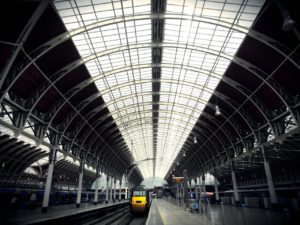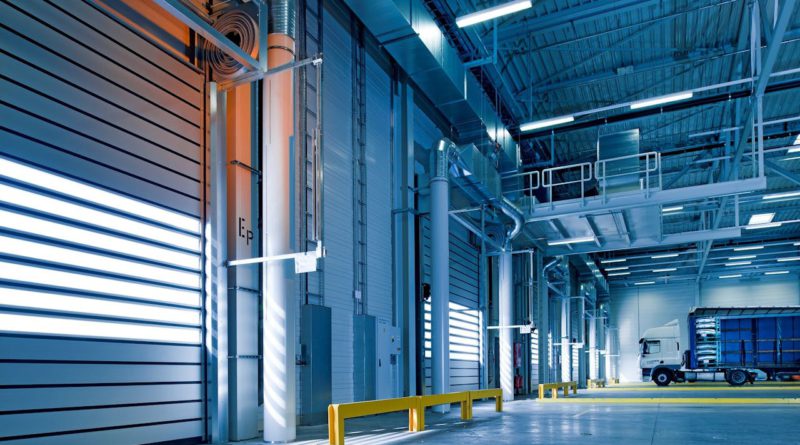The Evolution of Steel Flooring Systems
In modern construction, It is more evident than in flooring systems, where steel framing has revolutionised how buildings are designed, constructed, and maintained. Steel flooring systems have become synonymous with structural integrity and architectural innovation, from commercial skyscrapers to residential complexes.
At the heart of any building lies its foundation, and choosing a flooring system is paramount in determining its stability and longevity. Traditional materials such as wood and concrete have long been staples in the construction industry but come with limitations. Wood is susceptible to rot, decay, and fire damage, while concrete can be heavy, inflexible, and prone to cracking over time. Steel flooring systems offer a compelling alternative, combining the strength of steel with the flexibility of modern engineering techniques.
One key advantage of steel framing in flooring systems is its exceptional strength-to-weight ratio. Steel is inherently stronger than wood or concrete, allowing longer spans and greater load-bearing capacity with less material. This not only reduces construction costs but also opens up new possibilities in architectural design. With steel framing, architects and engineers can create open, expansive spaces that were once thought impossible, pushing the boundaries of what is achievable in modern construction.
Moreover, steel flooring systems offer unparalleled durability and resilience in the face of environmental factors and natural disasters. Unlike wood, steel is impervious to rot, mould, termites, and other common hazards, ensuring the structural integrity of the building for decades to come. Also, steel framing is highly resistant to fire, seismic activity, and extreme weather events, providing occupants with excellent safety and security. In an era of increasing environmental uncertainty, the robustness of steel flooring systems makes them attractive for builders and developers seeking to future-proof their projects.
In addition to their strength and durability, steel flooring systems are also highly sustainable and environmentally friendly. Steel is one of the most recycled materials on the planet, with a recycling rate of over 90%. By incorporating recycled steel into flooring systems, builders can significantly reduce their carbon footprint and minimise waste. Furthermore, steel framing requires less material than traditional alternatives, lowering energy consumption and emissions during manufacturing and transportation. As society prioritises sustainability and environmental stewardship, steel flooring systems are poised to play a central role in the construction industry’s transition towards more eco-friendly practices.

Beyond their practical benefits, steel flooring systems also offer aesthetic advantages that can enhance the overall look and feel of a building. With sleek, modern lines and minimalistic profiles, steel framing can lend a sense of sophistication and elegance to any architectural design. Additionally, steel’s inherent versatility allows for a wide range of finishes, textures, and colours, giving designers the freedom to customise the look of the flooring to suit the project’s aesthetic vision.
Installing steel flooring systems is often quicker and more efficient than traditional materials. Prefabricated steel components can be manufactured off-site to precise specifications, reducing construction time and labour costs. Additionally, steel’s lightweight nature simplifies transportation and handling, making it easier to maneuver on-site and speeding up the overall construction process. This efficiency translates to cost savings for developers and minimises disruptions to surrounding areas, making steel flooring systems an attractive option for urban and densely populated environments.
Another significant advantage of steel flooring systems is their adaptability to evolving building needs. As buildings age and usage patterns change, the ability to modify and reconfigure floor layouts becomes increasingly essential. Steel framing offers unparalleled flexibility in this regard, allowing for easy modifications, additions, or expansions without compromising the structural integrity of the building. Whether it’s repurposing office space, adding new amenities, or accommodating technological advancements, steel flooring systems allow building owners to adapt to changing demands and market trends, ensuring long-term viability and value.
Steel flooring systems enhance occupant comfort and well-being. Steel’s superior thermal conductivity facilitates more efficient heating and cooling distribution throughout the building, improving indoor comfort and energy efficiency. Additionally, steel framing minimises the risk of floor vibrations and deflections, creating stable and secure environments for occupants. By prioritising occupant comfort and satisfaction, developers can create spaces that are aesthetically pleasing and conducive to productivity, creativity, and overall quality of life.
Steel flooring systems represent a paradigm shift in construction, offering unmatched strength, durability, and sustainability. As architects, engineers, and builders continue to push the boundaries of what is possible in modern architecture, steel framing will undoubtedly remain at the forefront of innovation. With its exceptional performance, environmental benefits, and aesthetic appeal, steel flooring systems are poised to shape the skylines of cities worldwide for generations to come.

